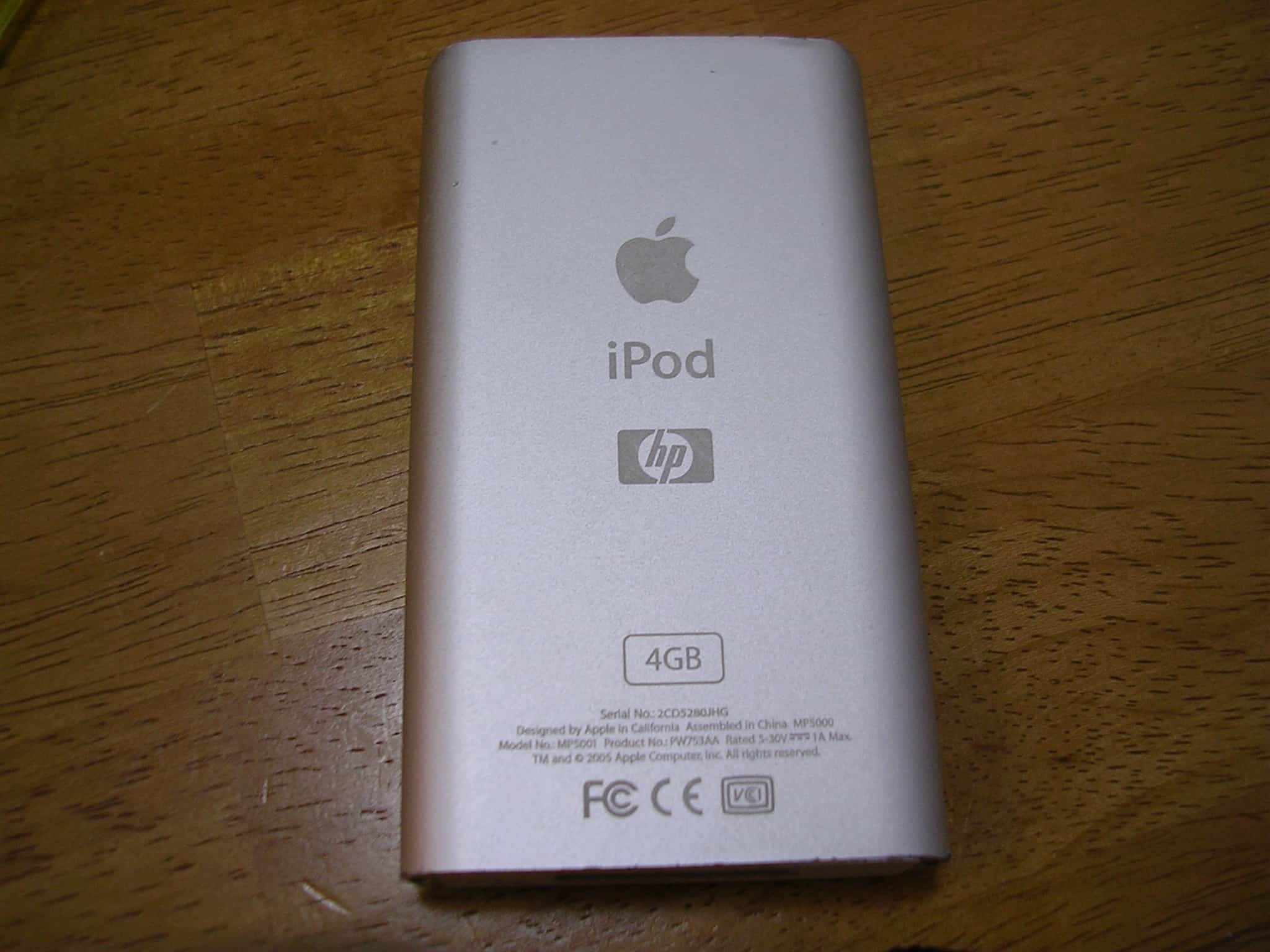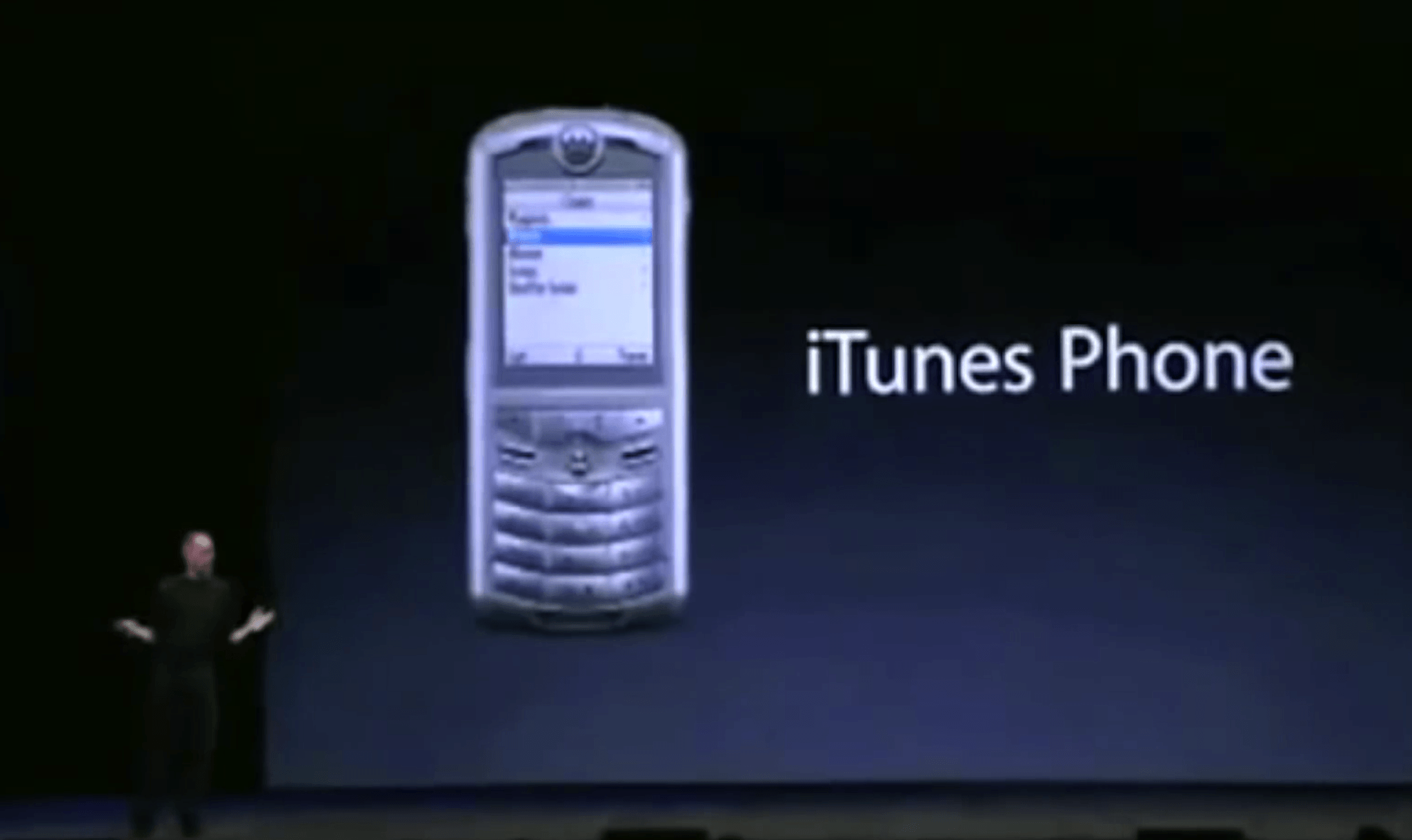Recent rumors suggest that Apple is leaning on another company to help develop its highly anticipated augmented reality headset. At first, I thought that sounded crazy. Apple Glasses look set to be the company’s biggest new product launch since Apple Watch. Surely Cupertino would keep development of something that important in-house?
But when you look back over Apple’s history of joint ventures, it starts to make more sense. Apple tends to partner with third-parties in very specific circumstances — and Cupertino knows exactly what it’s doing.
What’s up with Apple’s AR headset team?
It’s an open secret that Apple has been working on some kind of augmented reality headset. At Cult of Mac, we’ve been reporting on the rumors for years. More recently, hard evidence showed up in iOS 13, which references a mysterious AR product code named “StarBoard.”
But over the summer, things didn’t seem to be going so well on the AR headset team. Apple veteran Kim Vorrath was rumored to have been brought in as a troubleshooter in August. Last week’s reports suggest Apple disbanded its in-house team in favor of partnering with Valve, creator of the video game platform Steam.
If you conclude from all this that things aren’t going so well for Apple’s smart specs, not so fast. For Apple, partnering with third parties is not an act of desperation. It’s a way of getting important things done. Fast.
Apple wants to do it all
Apple is famous for its vertical integration, meaning it owns and brands every part of the user journey. Right now, for example, I’m writing this using Apple’s Pages app. It is automatically synced to Apple’s iCloud. It’s running on Apple’s iPadOS, on an Apple A12X Bionic chip inside an Apple iPad Pro that I purchased at the Apple Store. You see what I mean?
This is very different from the rest of the computer industry, which tends to focus on horizontal integration. One company specializes in a specific area and supplies that as a component to another company. Meaning the end product is comprised of many different brands. So, for example, a less fortunate journalist somewhere might be writing their story right now using Google Docs on an HP laptop with Intel inside, that they bought from Target.
Even when Apple relies on third parties, like for the Intel chips inside every Mac, the company prefers to keep it quiet. When Steve Jobs was once asked why there were no Intel Inside stickers on Macs, he replied, “What can I say? We like our stickers better.”
Even Steve Jobs allowed third-party branding on Apple products
While Jobs may have preferred the design of his own stickers, that doesn’t mean he never signed off on a joint-branded product. Bizarrely, in 2004, PC-maker HP released iPod+HP, which was essentially just a regular iPod, but with HP branding on the back.
Why would Jobs allow an archrival to etch its name onto one of his most iconic creations? Simple: This wasn’t so much a partnership as a negotiated surrender. HP agreed not only to stop making its own music players, but also to distribute iPods (and even preinstall iTunes on every HP computer).
This pragmatic decision on Jobs’ part helped secure the iPod’s market domination. It also signaled just how far Apple had come, since a giant like HP had to play nice with Cupertino.
Still, I’m sure Jobs hated to see that HP logo on his beautiful product. He likely was very happy a year later, when HP stopped shipping the devices — but was still bound by the non-compete clause in their contract with Apple.

Photo: Keegan/Wikipedia CC
That time Apple helped Motorola make a phone
One year later, in 2005 Jobs announced another partnership. This time with a soon-to-be archrival, Motorola.
The Motorola Rokr was an ugly handset (even by the standards of the time), distinguished only by one feature — it had Apple’s iTunes jukebox built in. Since iTunes was the platform on which Apple built an empire, encompassing not just iPod but also music downloads and eventually even iPhone, it might seem curious that Jobs would just give away Cupertino’s crown jewels. What was he thinking?
My guess is that even back then, with iPod in its ascendency, he could see the writing on the wall. Phones were an existential threat to the iPod-maker. As they became progressively smarter, it was only a matter of time before they replaced iPods altogether. Apple needed to adapt or die. This is what author Clayton Christensen described as “the innovator’s dilemma“ in his book of the same name. (The book became a favorite of Jobs.)
By partnering with Motorola, Apple got much-needed early exposure to the cellphone business. The knowledge this generated proved crucial during development of the iPhone. (Apple’s smartphone was already secretly under development and would be launched two years later.) The Motorola Rokr failed because it was ugly, with a cumbersome user interface. Apple did not make the same mistakes with iPhone.
Motorola’s failure with the Rokr could not have turned out better for Jobs. Apple got the insights it needed, without providing any assistance to a company it knew would soon become one of its biggest competitors.

Photo: Apple
Apple even licensed third-party operating systems
The HP and Motorola partnerships were more about business strategy than technology. But Cupertino also has been known to tap third parties for their technology smarts as well.
Take the iPod. Back when Apple was developing its first portable music player, it was a very different company. Today, Apple boasts four different operating systems, but back in 2001 it only had one. Mac OS. And trying to squeeze a desktop operating system onto a handheld music player was not a simple task.
So instead, Apple decided to license a third-party, off-the-shelf operating system known as PortalPlayer.
It’s extraordinary to consider that Apple, famed for its vertical integration, would resort to this. The original iPod running PortalPlayer was a bit like a Mac running Windows. Except it wasn’t. Apple went out of its way to skin PortalPlayer and make it look like an authentic Apple product. Every font and scroll bar was carefully redesigned to look like Mac OS X. The only sign that it was anything different was a discrete PortalPlayer logo buried in the About menu.
Partnering to accelerate innovation
Why did Apple resort to using a third-party operating system for iPod, rather than waiting until it had adapted their own? Because when time is of the essence, it’s better to be pragmatic than religious.
That’s a lesson Apple learned the hard way in the 1990s, as the company struggled to develop its next-generation operating system, Copland, to compete with Windows 95. It failed. Eventually, Cupertino had to give in and buy NeXT to use its operating system, NeXTSTEP, as the basis for Mac OS X.
MusicMatch wasn’t a match made in heaven, but it bought some time
After getting burned by Copland, Apple became far more relaxed about partnering with third parties when the company needed to bring a new product to market quickly. MusicMatch provides another great example.
The original iPod proved a huge hit for Mac owners. But because it was not compatible with Windows, Apple was leaving money on the table. At any moment, a competitor could swoop in to claim the prize. Apple needed to bring iPod to Windows fast. But that was not so easy, because the beauty of iPod was how tightly integrated it was with iTunes on the Mac.
iTunes for Windows would take quite some time to develop. A quick fix was needed in the meantime. Back then, MusicMatch was one of the most popular jukebox apps for Windows. By shipping a special iPod-compatible version of MusicMatch with every iPod, Apple provided a credible solution for Windows users. And Cupertino bought itself some time.
A year later, Apple shipped iTunes for Windows and MusicMatch was forgotten.
Using third-party technology to accelerate innovation
It has now become a cornerstone of Apple’s playbook to rely on third-party technology until it can come up with something better in-house.
Early versions of Mac OS X shipped with Microsoft’s Internet Explorer preinstalled, until Apple came up with its own browser, Safari. The original iPhone shipped with a CPU based on ARM designs. Today’s iPhones run on blisteringly fast A series processors designed in-house by Apple.
And that brings us back to Apple’s AR headset efforts. Just because Apple is rumored to be partnering with Valve, that doesn’t mean we should expect an Apple+Valve joint-branded headset anytime soon. Or even that Apple sees this partnership as anything more than a short-term fix.
Like PortalPlayer and MusicMatch before it, Value presumably possesses something Apple needs right now. Some technology related to the Valve Index VR headset, perhaps. And, rather than waiting to develop an in-house solution, Apple is choosing to bring something to market sooner.
In other words, this latest rumor does not necessarily mean that Apple’s AR headset project is in trouble. Just that Apple CEO Tim Cook is impatient to bring the product to market. Which means we could be wearing Apple Glasses sooner than you think.
![Why Apple needs outside help to create hit products [Opinion] Apple’s first AR headset could launch in 2022, AR glasses in 2023](https://www.cultofmac.com/wp-content/uploads/2018/02/apple_glasses_9.jpg)

